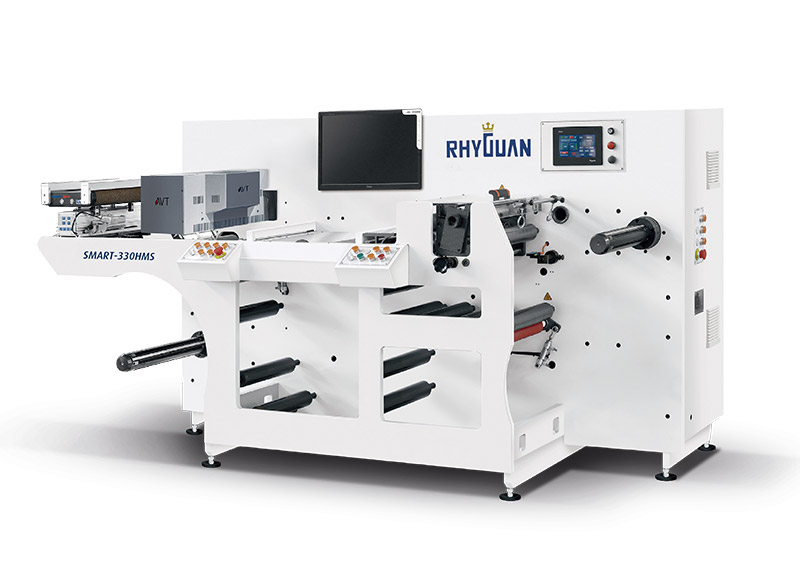For businesses in label and flexible material processing, choosing the right Inspection Slitter Rewinder directly impacts production efficiency and product quality. This article lists key factors to help you pick a device that fits your needs, avoiding workflow mismatches.
Before comparing models, identify which core functions of an Inspection Slitter Rewinder matter most to your production—this steers your selection:
Prioritize detection accuracy or slitting stability?
If you process high-precision materials (e.g., medical labels with tiny barcodes, electronic films with micro-defects), focus on devices with high-resolution cameras (5MP+) and adjustable detection sensitivity. For thick/tough materials (e.g., heavy-duty packaging paper, thick adhesive rolls), choose models with robust tension control and durable slitting blades.
Do you need integrated post-processing features?
Opt for models with automatic defect marking, waste removal, or roll core changing if your workflow requires immediate defective section handling. A standard model suffices for basic "inspect + slit" needs—avoid paying for unneeded functions.

The type, thickness, and width of your materials are non-negotiable criteria—ill-fitted devices cause defects or inefficiencies:
Material type & thickness:
Thin films (≤50μm): Choose models with servo-driven tension systems (0.1N fine adjustments) to avoid stretching/tearing.
Thick materials (≥200μm, e.g., cardboard, thick adhesive rolls): Pick devices with heavy-duty blade holders and adjustable blade pressure for clean cuts.
Adhesive materials: Select anti-stick slitting blades and separators to prevent residue buildup.
Material width:
Match the device’s max processing width to your input rolls. Avoid oversized or undersized models.
Your product’s quality standards determine the device’s detection needs—over-specifying wastes budget, under-specifying causes defects:
Check if the device’s minimum detectable defect size matches your standard.
Ensure the device’s max detection speed meets your line speed.
The device’s handling capacity must align with daily production volume to avoid downtime:
Input/output roll diameter:
Choose models supporting your input roll size and small output cores with consistent rewinding tension.
Daily processing volume:
Opt for automatic roll-changing/batch-processing for 50+ rolls/day; semi-automatic models are cost-effective for 10–20 rolls/day.
Choosing an Inspection Slitter Rewinder isn’t about picking the most expensive/advanced model—it’s about fitting your materials, quality standards, and production capacity. By clarifying priority functions, matching material traits, aligning detection capabilities, and ensuring capacity compatibility, you’ll select a device that boosts efficiency and cuts defects.
If you want to explore models tailored to specific materials (e.g., thin films, adhesive labels) or production capacities, visit our product page for detailed specs and application scenarios to narrow down your choices.
● Another PLUS-330 Machine Installed in Latin America
● Another Two Installations at Customers’ Site
● Rhyguan Plus Month
● Top security level in Rhyguan
● Another Rotary Die-cutting Installation at Cutsomer’s Site
● Perfect Factory Acceptance Testing for Label Inspection Machines
● New Rhyguan Factory Preview
● Rhyguan Industrial 4.0 Live Presentation